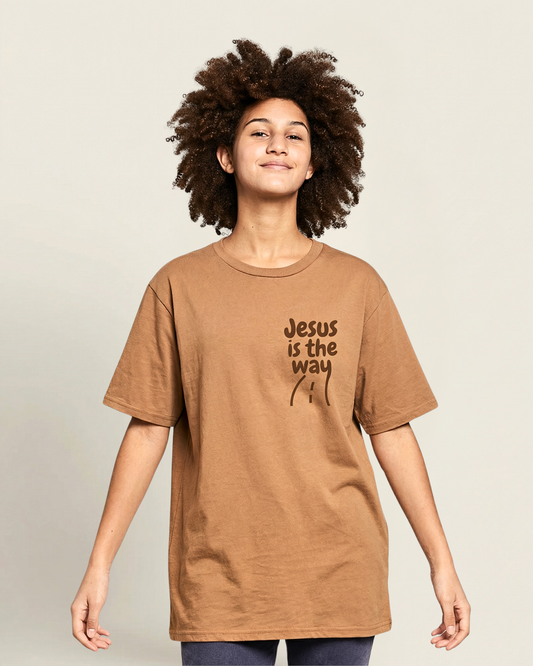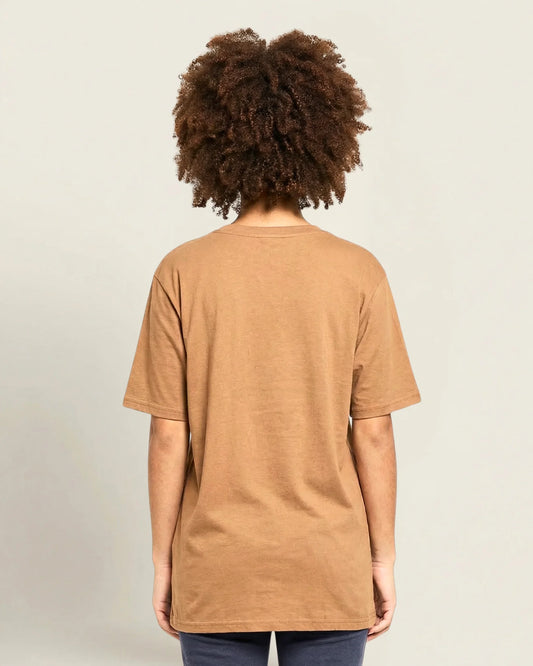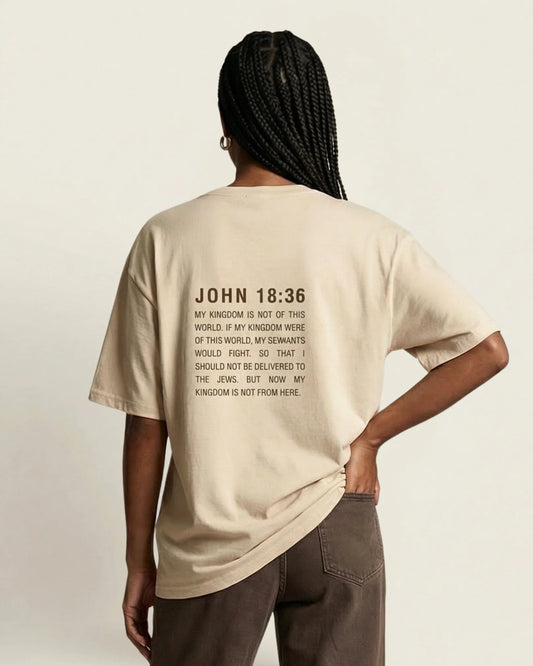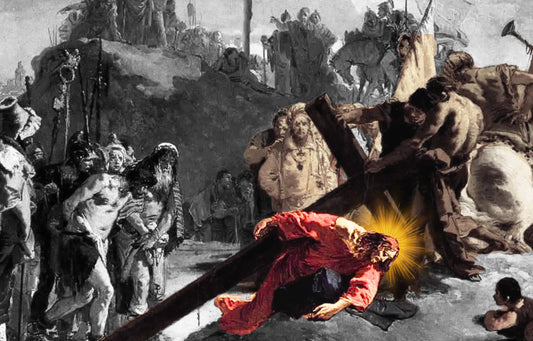Did you know that the average person owns 27 t-shirts? The word "t-shirt" became popular in American English by the 1920s, it derives from the shape of the garment, which resembles the letter "T" when laid flat. This style features a body and sleeves that form a T-like silhouette. Originated in the late 19th century, when labourers that cut their jumpsuits in half to stay cool in the heat, it's now a staple in American culture & fashion. Today, the global t-shirt market is valued at over $20 billion.
When Were The First Shirts Invented?
Ancient Origins
Ancient civilizations wore tunic-like garments, prioritizing simplicity and comfort. The Roman "tunica," for instance, was a staple in their wardrobe, setting a precedent for versatile clothing. These early garments, often made from cotton or linen, laid the groundwork for modern t-shirts.

Introduction during the Spanish-American War (1898)
The Spanish-American War in the late 19th century marked a pivotal moment for the t-shirt. Soldiers needed something practical for the warm climates, and the t-shirt was an ideal solution. It was easy to wear, lightweight, and constructed from cotton jersey, which was super stretchy, which enhanced mobility and comfort.
Adoption by the U.S. Navy as standard Undershirts (1913)
A pivotal moment happened in 1913 when the U.S. Navy started issuing shirts as standard undershirts for sailors. Made of ultralight cotton, the tees provided comfort and breathability for sailors facing the scorching heat on naval ships. This paved the way for their widespread adoption.

T-Shirt History Through the Decades
1920s-1940: Recognition and Popularity
Cultural Shift and Recognition: The post-World War I era saw a growing demand for practical, comfortable clothing. This shift was exemplified by F. Scott Fitzgerald's use of the term "t-shirt" in his 1920 novel "This Side of Paradise", marking the garment's entry into popular culture.
Retail Breakthrough: By 1938, t-shirts became widely accessible to the public. Sears' catalog offered them for just 24 cents each, transforming the t-shirt from a niche item to an affordable wardrobe staple.

World War II Impact: The war significantly boosted t-shirt popularity and visibility. The U.S. Army alone ordered over 300 million t-shirts during this period. This military connection imbued t-shirts with symbolic meanings of heroism and practicality.
From Underwear to Outerwear: T-shirts evolved from undergarments to everyday wear, driven by changing attitudes and youth culture. By 1944, 88% of American men owned at least one t-shirt. This transition was further solidified when Life magazine featured a soldier wearing a t-shirt on its 1942 cover.
1950s: Cultural Symbolism
Hollywood Influence: Hollywood transformed the t-shirt from ordinary attire into a fashion statement. Marlon Brando's appearance in "A Streetcar Named Desire" (1951) and James Dean in "Rebel Without a Cause" (1955) popularized t-shirts as symbols of youthful rebellion. These films significantly impacted fashion trends, with t-shirt sales increasing by 50% in the years following their release.

Fashion Statement: The youth culture adopted shirts with slogans and graphics and turned them into canvases for self-expression. The American t-shirt market grew from $180 million in 1950 to over $400 million by 1960, reflecting their rising popularity as fashion items that expressed individuality and style.
Design Innovation: The introduction of graphic designs and early screen printing technology revolutionized t-shirt aesthetics. By 1959, plastisol ink was invented, allowing for more durable and vibrant designs. This innovation led to a 30% increase in custom-printed t-shirt sales between 1955 and 1960.
1960s: The Rise of Graphic Tees

Counterculture Movement: T-shirts became symbols of change as protesters wore them to stand together and resist. Iconic designs such as "Make Love, Not War" slogan, first used in 1965, appeared on thousands of t-shirts during anti-Vietnam War protests. They helped bring people together and became very powerful tools for communication.
Artistic Influence: Pop artists like Andy Warhol revolutionized t-shirt design with its bold colors and iconic imagery. Warhol's Campbell's Soup Can design, first appearing on canvas in 1962, was adapted for t-shirts and sold over 500,000 units by the end of the decade.

Design Revolution: Tie-dye emerged as a popular DIY technique, with sales of tie-dye kits increasing by 300% between 1965 and 1970. Politically charged designs gained traction, with an estimated 5 million anti-war t-shirts sold in the U.S. by 1970.
Band Merchandise: The Beatles pioneered band merchandise, generating $50 million in U.S. sales in 1964 alone, demonstrating the power of branding. By 1968, band t-shirts accounted for approximately 10% of the total t-shirt market in the United States. In the 1960s, band merchandise became an inevitable pillar of the music industry, and tees became ingrained in pop culture.
1970s: Political and Social Commentary
Protest Medium: In the ’70s, t-shirts were used as instruments of communication in protests and became social and political symbols, proving they could influence public perception. The iconic "Ecology" symbol, designed by Ron Cobb in 1969, appeared on millions of t-shirts during the first Earth Day in 1970.

Cultural Diversity: T-shirts in the 1970s were harnessed to promote various social movements like feminism, environmentalism, and other causes. The "Sisterhood is Powerful" slogan, coined by Kathie Sarachild in 1968, became a popular t-shirt design in the 1970s, selling over 100,000 units by 1975. These designs were products of increased awareness for social justice and equality.
Punk Aesthetic: Graphic tees were integral to punk culture, challenging societal norms. The Sex Pistols' "God Save the Queen" t-shirt, designed by Jamie Reid in 1977, sold over 50,000 copies in its first month despite being banned by several major retailers. By the end of the decade, political and cause-related t-shirts accounted for approximately 15% of all t-shirt sales in the United States, demonstrating their growing influence on both fashion and activism.
1980s: Commercialization and Pop Culture
Corporate Branding: T-shirts were inexpensive and effective ways leveraged by brands for giveaways and promotions. This clever usage transformed shirts into mobile billboards and fostered brand loyalty. Coca-Cola's "Have a Coke and a Smile" campaign in 1982 sold over 2 million t-shirts in its first year. By 1985, corporate-branded t-shirts accounted for 20% of the total t-shirt market in the US.
Logo Trend: Logos became fashionable design elements. Calvin Klein's logo t-shirts, introduced in 1982, saw a 300% increase in sales between 1982 and 1985. The "I ♥ NY" logo, designed by Milton Glaser in 1977, peaked in popularity during the '80s, selling an estimated 10 million shirts annually by 1985.

Mainstream Adoption: Celebrity influence determined trends, helping propel shirts into mainstream fashion and demonstrating how versatile t-shirts could be. Madonna's iconic "Boy Toy" t-shirt from her 1984 "Like a Virgin" tour inspired countless imitations, with similar designs selling over 1 million units that year.
The 1980s marked a significant shift in t-shirt culture, transforming them into powerful marketing tools and status symbols. This decade saw t-shirt sales in the US grow from $1.5 billion in 1980 to $4 billion by 1989, reflecting their increasing commercial and cultural importance.
1990s: High Fashion and Streetwear
Runway Transformation: The 1990s brought t-shirts onto high-fashion runways. In 1991, Chanel's Karl Lagerfeld shocked the fashion world by pairing t-shirts with tweed suits, leading to a 30% increase in luxury t-shirt sales that year. This acceptance represented a big shift in that t-shirts could be both casual and chic. By 1996, 70% of major fashion houses included t-shirts in their runway collections.
Streetwear Rise: Skate culture heavily influenced graphic tee designs. Brands like Stüssy and Supreme, founded in 1980 and 1994 respectively, saw their t-shirt sales increase by 200% between 1990 and 1995. By 1999, streetwear-inspired graphic tees accounted for 25% of the total t-shirt market in the US.

The 1990s marked a significant shift in fashion, blurring the lines between high-end and casual wear. T-shirts became a canvas for both luxury designers and streetwear brands, reflecting the decade's embrace of casual style and youth culture. This trend contributed to the global t-shirt market growing from $8 billion in 1990 to $22 billion by 1999.
2000s & 2010s: Custom Designs and Sustainable Fashion
Customization Boom: The 2000s saw a frenzy of customization driven by new printing technologies and options for DIY. People wanted unique and personalized designs to express their identities and beliefs. One example is Christian faith shirts with Bible verses, allowing believers to express their faith through fashion. Printing platforms like Zazzle and Redbubble saw a 300% increase in personalized t-shirt orders from 2005 to 2010.

Sustainable Fashion: The 2010s marked a shift towards sustainable practices in the t-shirt industry. A 2019 survey found that 66% of consumers were willing to pay more for sustainable brands. Companies like Patagonia and Everlane led the way, promoting eco-friendly materials and ethical manufacturing processes, reflecting a growing demand for responsible fashion.
A Staple That's Here to Stay
T-shirts have crept into — and taken over — closets across the globe. They've adapted to changes in society, culture, and technology. Each decade added its twist to how shirts look and feel today!














